Debit/Credit entry postings differences in QuickBooks, SAP S/4HANA, and NetSuite
Find out interesting insights with Dave Sackett, VP of Finance at Persimmon Technology
Moderated by Emily, Digital Transformation Consultant at Hyperbots
Don’t want to watch a video? Read the interview transcript below.
Emily: Hi, everyone! This is Emily, and I’m a digital transformation consultant with Hyperbots, Inc. I’m pleased to have Dave on the call with me. Dave Sackett is the VP of Finance at Persimmon Technology, thank you so much for joining us today, Dave.
Dave Sackett: Yeah, thank you, Emily.
Emily: So, Dave, the topic we’ll be discussing today is debit or credit entry postings and the different nuances across ERP systems like QuickBooks, SAP S/4HANA, and NetSuite. To keep it brief, my first question is, how do the postings of debit and credit entries differ across these ERPs specifically when a vendor invoice is posted?
Dave Sackett: Okay, to answer that, I’ll categorize by small, medium, and large data requirements. QuickBooks might have the simplest and shortest journal entries in terms of debits and credits, followed by NetSuite, then SAP. SAP has a lot more complexity and required fields to post a transaction, so it’s a bigger effort in SAP compared to QuickBooks. NetSuite falls somewhere in between.
Emily: Understood. Thank you, Dave. Moving on, what are the main differences you’ve seen in tax handling among QuickBooks, SAP, and NetSuite when posting vendor invoices?
Dave Sackett: Similar to the number of fields each system requires, when it comes to tax compliance, there are tools that each ERP can leverage for tax assistance. QuickBooks, which I’m currently using, is quite simple. NetSuite offers more functionality and good APIs for tax services, while SAP is the most complex and thorough ERP, especially in handling international taxes.
Emily: Understood. So, Dave, what unique features does SAP S/4HANA offer for handling vendor invoices that differentiate it from QuickBooks and NetSuite?
Dave Sackett: With SAP, there’s a far greater opportunity for granularity in data tracking. You can track by vendor, region, or almost any business-specific criteria, which allows for detailed outbound reporting. It’s very complex, with many required fields, which support robust data tracking and reporting. So, if in-depth tracking is important, SAP might be the best choice.
Emily: Understood. Since you mentioned you’re currently using QuickBooks, what limitations does QuickBooks have in handling complex vendor invoices compared to SAP or NetSuite?
Dave Sackett: QuickBooks is generally geared toward small businesses, treating data somewhat like a checkbook. It doesn’t offer the depth of analytics found in NetSuite or SAP, which are better at tracking vendor assignments, purchase history, and FP&A analytics. So, compared to the other two, QuickBooks is limited in data gathering and analysis.
Emily: Understood. Also, Dave, how can AI-based external tools help improve the accuracy and automation of GL posting?
Dave Sackett: That’s an excellent question. Each ERP system can support AI integration, and the more complex the system, the greater value you gain from having API connections to third-party solutions for enhanced accuracy and automation.
Emily: Understood. Thank you so much, Dave, for discussing the differences between ERP solutions and explaining how AI can enhance them. It was great having you, and thank you for joining us today.
Dave Sackett: Yeah, thanks, Emily.

